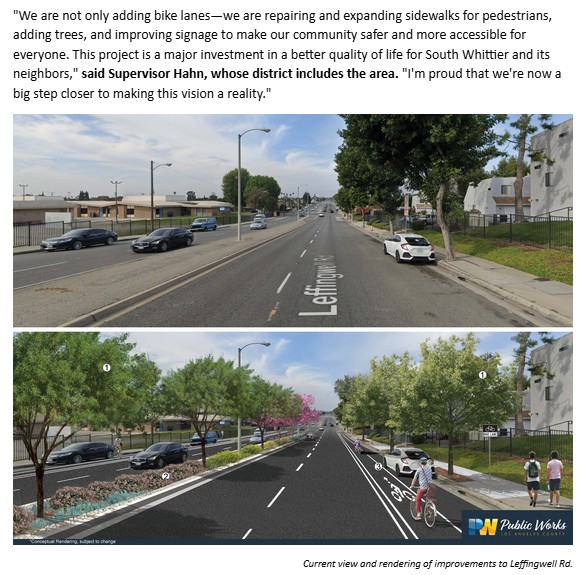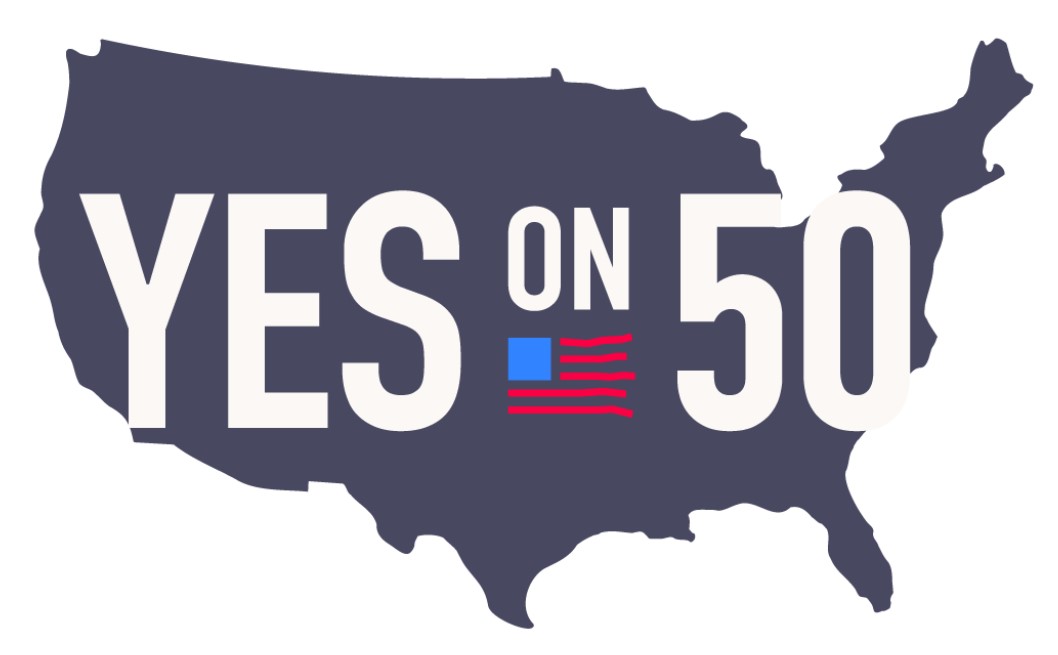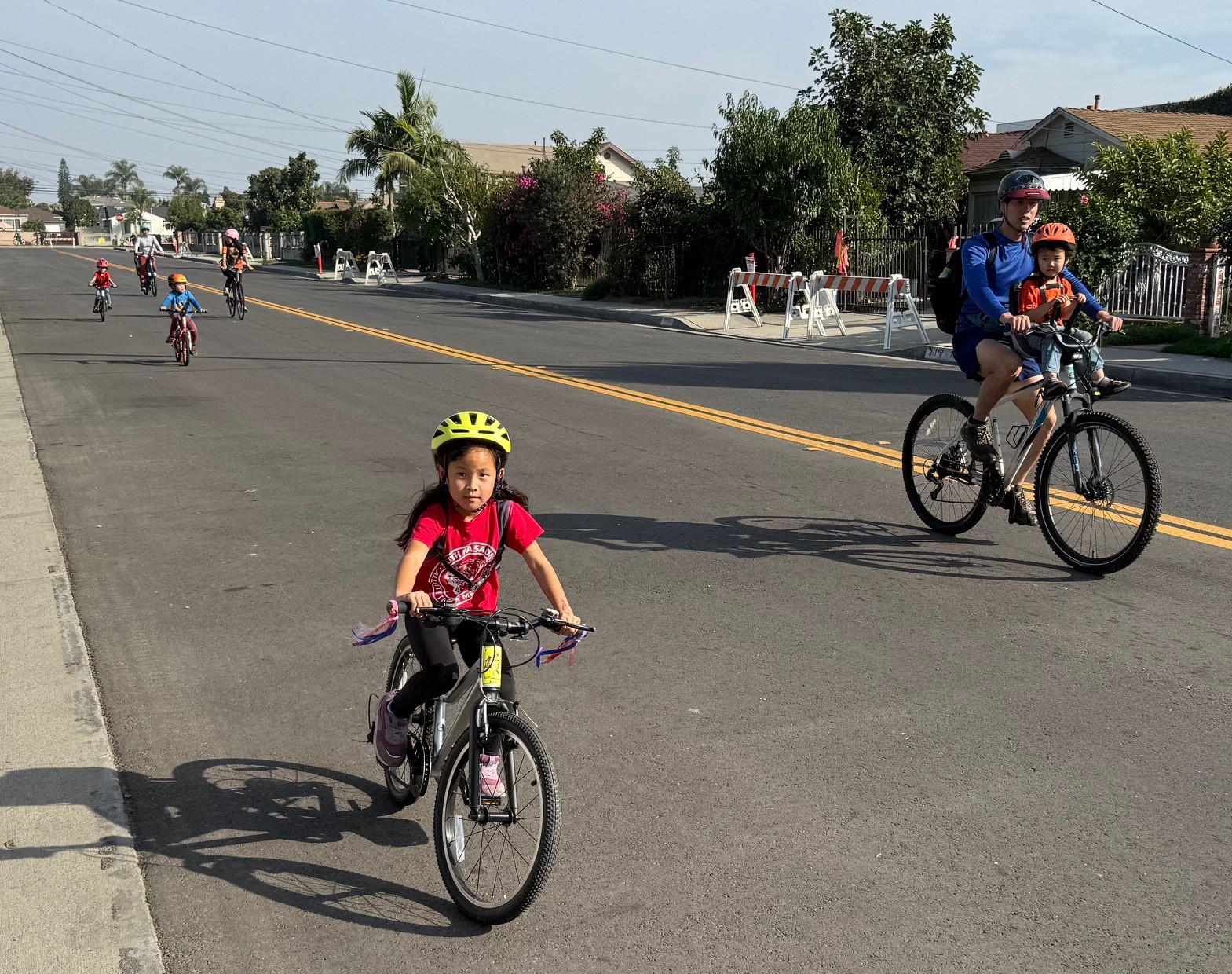
Cars Zip Through Old Town Pasadena
Way back on March 1st, hundreds of residents, activists and elected leaders took to the streets of Pasadena as pedestrians to examine and report on the challenges and dangers of walking in Pasadena. While most people think of Pasadena as a relatively safe and attractive place to walk, the final study, not yet available online, shows that there are still significant challenges for the city to face.
Fortunately for Pasadena residents, it appears to have a city government and civic groups anxious to relieve these threats. As we noted back in March, several elected officials took place in the Walkabout and the Pasadena Playhouse District is already working on an action plan to implement the recommendations for the District. However, the Playhouse District is only one of several business districts in the city. For a truly integrated pedestrian plan, all districts should strive to get on board.
The executive summary of the findings from the March 1st Walkabout show that there are a lot of physical improvements that should be made to Pasadena's streets. Better pedestrian signage, traffic calming and wider, flatter sidewalks were repeated requests from every district; however the report also notes that often times the most pressing problem were cars zipping too quickly down local streets creating a pedestrian hazard and noise pollution. As Deborah Murphy, the consultant tasked with coordinating the Walkabout and writing the report, told me on the phone last night, "Speeding drivers can make even the nicest street unsafe."
For a listing of the recommendations of the Walkabout, broken down by district, read on after the jump.
Downtown-Wide Pedestrian Improvements
Findings:
Walkabout participants recorded 829 separate, detailed observations documented with hundreds of photographs about improvements needed to the Downtown pedestrian environment. These observations clustered around the following fourteen issue areas identified for improvement:
• Storefront / Landscaping Improvements
• Speed limit signs and enforcement of traffic laws
• Bike racks
• Metro Gold Line signs for pedestrians
• Street tree planting
• Trash cans
• Bus stops / ARTS bus route and fare information
• Pedestrian lighting
• Leveling sidewalks
• Improved safety at pedestrian crossings
• Repair and installation of tree grates
• Sidewalk widening where required
• Installation of directional signs to local landmarks and shopping precincts
• Improved safety and walkability of alleyways
Playhouse District:
• Improve storefronts and landscaping
• Install more bike racks
• Plant new and infill trees along popular pedestrian routes
Old Pasadena District:
• Install traffic speed limit signs
• Provide Metro Gold Line directional signs
• Improve storefronts, landscaping
• Improve ARTS bus stops
Civic Center/ Mid-town District:
• Improve storefronts and landscaping
• Install speed limit signs to reduce driver speed
• Install more trash cans
South Lake District:
• Install pedestrian lighting
• Install trash receptacles
• Level sidewalks
• Improve storefronts / landscaping
Photo: Master Photo G/Flickr






